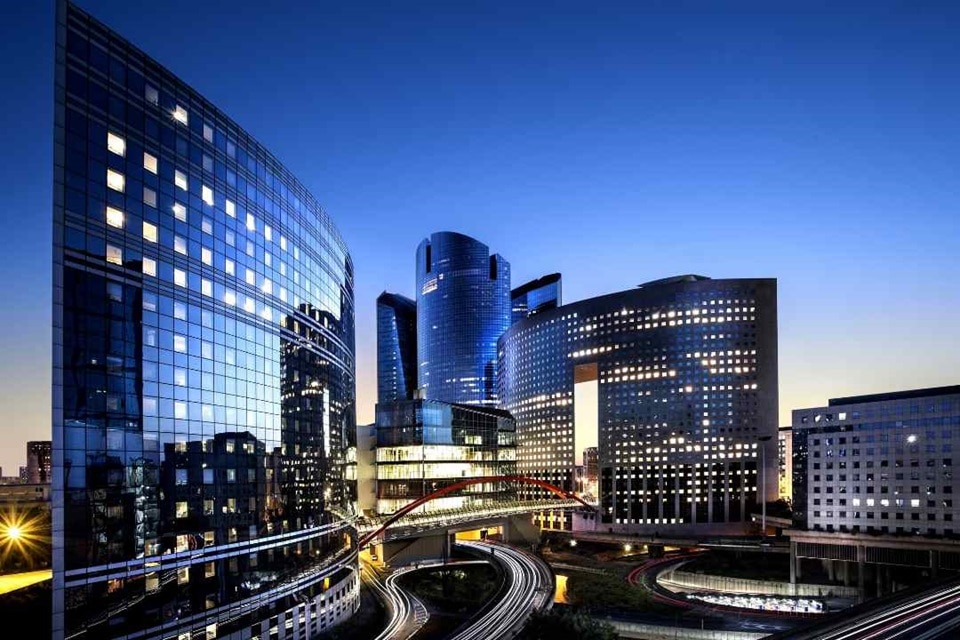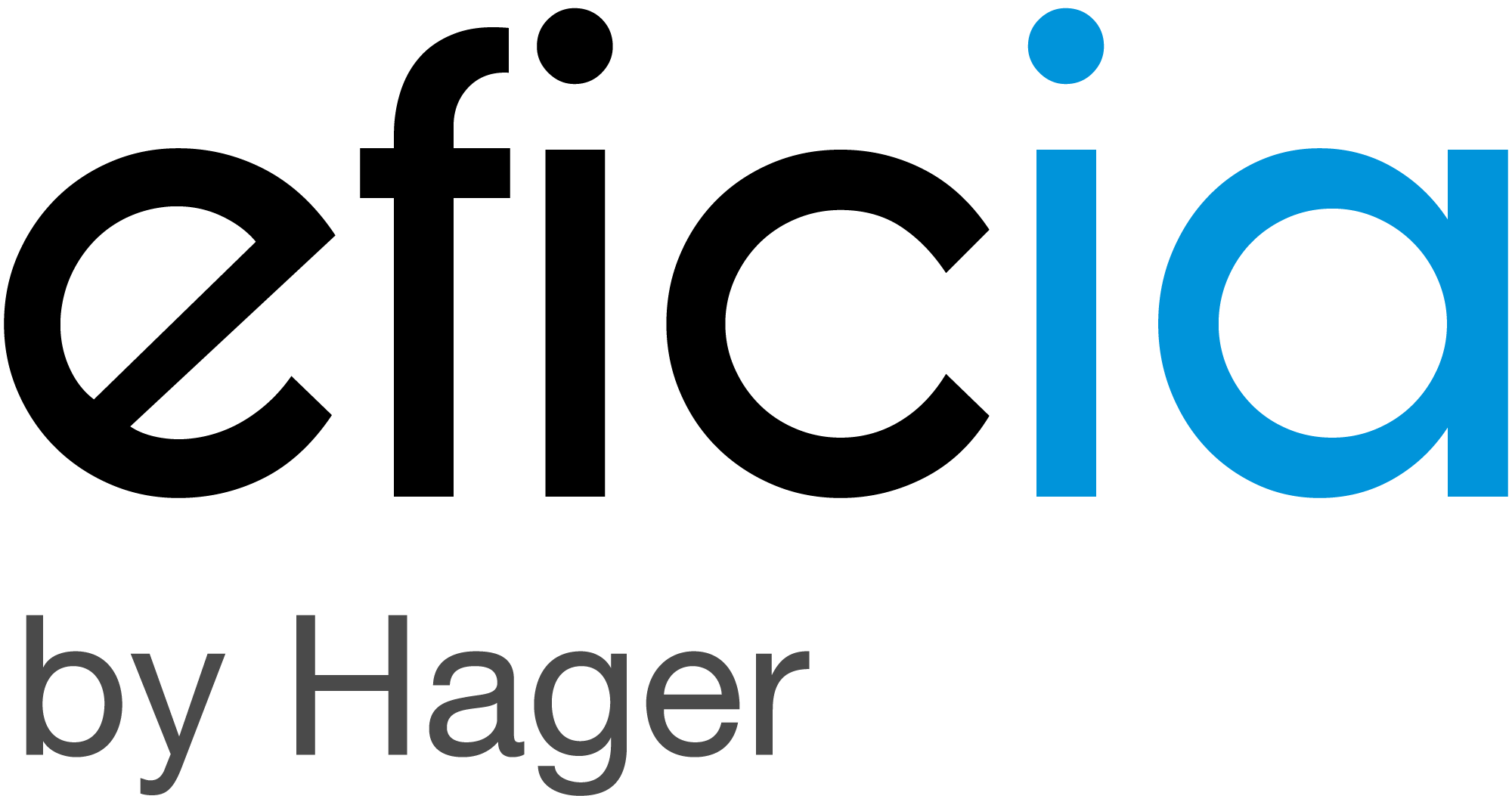ELAN law
The energy transition is not just a trend, but a concrete requirement for the tertiary real estate sector in France. Since the adoption of the ÉLAN Law in 2018 and the entry into force of the decree on the tertiary sector, non-residential buildings are facing a profound change in the way they must manage their energy consumption. This legislation imposes ambitious long-term energy reduction targets, forcing owners and managers to rethink their operational and investment strategies. This article analyses the scope of this transformation, its practical implications and the opportunities it offers for moving towards a more efficient, competitive and sustainable real estate model.

Understanding the ÉLAN law and the tertiary decree
A major regulatory transformation for the tertiary sector
Did you know that the ÉLAN law, adopted in 2018, has changed the rules of the game for owners and managers of tertiary buildings? This ambitious piece of legislation, of which Article 175 is the cornerstone, introduced the famous tertiary decree, a legal obligation aimed at drastically reducing the energy consumption of non-residential buildings. This regulation is part of a comprehensive energy transition approach, which is essential to meet current climate challenges. But that's not all: it also requires a profound rethink of how real estate assets are managed and operated.
The impact of this law goes far beyond simple energy savings. It redefines the very approach to the real estate sector, encouraging investment in innovative and sustainable solutions. The players concerned are therefore faced with a major challenge: transforming their practices to achieve the targets set while remaining competitive in the market.
Ambitious targets for carbon neutrality by 2050
The tertiary decree does not simply impose random energy reductions. It sets specific targets: a 40% reduction by 2030, 50% by 2040 and 60% by 2050 compared to a reference year chosen between 2010 and 2019. These figures are not arbitrary: they aim to align the tertiary sector with the national target of carbon neutrality by 2050.
But how can this be achieved? By combining a variety of strategies: optimising equipment, renovating infrastructure, adopting smart technologies, etc. Every building must become a model of energy efficiency. And this ambition goes far beyond simple cost reductions: it contributes directly to preserving natural resources and limiting the environmental impact of the real estate sector.
What are the specific obligations for commercial buildings?
The regulations apply to all commercial buildings or parts of buildings with a floor area of more than 1,000 m², whether they are used for offices, shops, warehouses or public buildings. Both owners and tenants are responsible: everyone must contribute to achieving the targets set.
The obligations include, in particular, the annual declaration of consumption via the OPERAT platform (managed by ADEME) and the implementation of an action plan to gradually reduce energy consumption. In the event of non-compliance, the penalties can be severe: administrative fines, publication of offenders (‘name and shame’), or even a reduction in the property value of the property concerned.
Analyse energy performance requirements
Mandatory energy performance thresholds
To comply with the tertiary decree, each building concerned must achieve strictly defined energy performance levels. These thresholds are calculated based on a reference year, chosen between 2010 and 2019, and serve as a basis for measuring progress. The objective is clear: to gradually reduce energy consumption in accordance with the stages set (40%, 50% and 60%).
However, it is important to note that these thresholds do not apply uniformly to all buildings. They vary according to the activity carried out in the building, as a logistics warehouse obviously does not have the same energy needs as a shopping centre or a hospital. This differentiated approach ensures realistic adaptation to the specific characteristics of each sector, while maintaining constant pressure to improve overall energy efficiency.
Assessment methods: precise indicators for measuring consumption
How can you tell if a building is meeting its targets? The answer lies in key energy performance indicators, which enable energy consumption to be accurately assessed. These indicators include the Primary Energy Consumption (PEC), which measures the energy required to meet a building's heating, air conditioning, lighting and other specific needs.
To ensure data transparency and reliability, managers must report their consumption annually on the OPERAT platform. This national database centralises all the information needed to monitor energy performance trends and identify buildings at risk of non-compliance. Regular assessment is therefore essential to adjust strategies and avoid any delays in achieving the targets set by the decree.
Key steps for successful energy reduction
Sustainably reducing the energy consumption of a commercial building requires a methodical, multi-step approach. It all starts with a thorough energy audit to identify the main sources of waste and assess the potential for improvement. This audit forms the basis for any energy reduction strategy.
Next, a detailed action plan must be drawn up, including specific measures such as installing more efficient systems (heat pumps, LED lighting), improving thermal insulation or integrating renewable energies. Each step must be implemented rigorously and followed by an analysis of the results obtained in order to adjust efforts if necessary. Finally, the involvement of occupants is crucial: raising awareness of good practices can make a significant difference in overall consumption reduction.
Explore adaptation and renovation solutions
Insulation and renovation: the cornerstones of energy efficiency
Did you know that nearly 30% of a building's energy loss is due to poor insulation? To comply with the requirements of the tertiary decree, improving thermal insulation is therefore a top priority. This applies to walls, roofs and floors alike. An efficient building envelope not only reduces heating and air conditioning consumption, but also improves occupant comfort.
Furthermore, energy renovation is not limited to insulation. It also includes replacing obsolete equipment with modern, efficient technologies. For example, opting for dual-flow ventilation systems or high-energy-performance boilers can generate substantial savings while reducing greenhouse gas emissions. In short, each intervention must be thought of as a strategic investment to bring the building into line with regulatory objectives.
Necessary investments: between costs and profitability
Compliance with the tertiary decree represents a financial challenge, but it also offers long-term economic opportunities. The initial investments, whether for insulation work, system upgrades or the integration of renewable energies, may seem substantial. However, these expenses should be seen as a lever to increase the property's value and reduce operating costs in the long term.
It is also possible to benefit from financial aid schemes to reduce the bill. Subsidies such as those offered by the Fonds Chaleur (Heat Fund) or energy saving certificates (CEE) can cover part of the costs incurred. In addition, some banks offer green loans at favourable rates to support energy renovation projects. Thus, careful planning of investments can transform a regulatory constraint into a real economic opportunity.
Tools and platforms to support the transition
To facilitate the implementation of the measures required to comply with the tertiary decree, several digital tools and specialised platforms are available. The OPERAT platform, managed by ADEME, plays a central role: it not only enables annual energy consumption to be reported, but also monitors performance trends and identifies areas for improvement.
In addition, certain technological solutions such as energy management systems (EMS) offer greater visibility into a building's energy use. These tools make it possible to quickly detect anomalies or deviations and adjust strategies in real time. Finally, seeking professional support from specialised consulting firms can greatly facilitate compliance while ensuring maximum optimisation of the resources invested.
Assessing the impact on the sector and the future of the tertiary decree
Tangible environmental and economic benefits
The implementation of the tertiary decree is not just a regulatory requirement: it represents a unique opportunity to generate significant benefits for both the environment and economic players. By reducing energy consumption, tertiary buildings contribute directly to the reduction of greenhouse gas emissions, a crucial issue in the fight against global warming.
From an economic standpoint, improving a building's energy performance significantly reduces operating costs. Less energy consumption means lower heating, lighting and air conditioning costs. In addition, a building that complies with current standards sees its property value increase, which is a major asset for owners wishing to sell or rent their properties. In the long term, these benefits more than offset the initial investment required to achieve compliance.
The challenges facing players in the tertiary sector
Despite these undeniable advantages, the path to compliance is not without its pitfalls. Owners and managers of tertiary buildings face several major challenges. Firstly, the initial cost of the work can be a significant barrier, particularly for small organisations with limited resources.
Even with financial assistance available, mobilising the necessary funds remains a logistical and strategic challenge.
Secondly, the technical complexity of energy renovation projects can discourage some stakeholders. Identifying priorities for action, choosing the right technologies and coordinating the work requires specialist expertise and rigorous planning. Finally, there is also resistance to change: convincing tenants or occupants to adopt new energy habits takes time and constant awareness-raising efforts.
A future marked by regulatory and technological developments
The tertiary decree is far from set in stone: it is part of an evolving dynamic in which regulation and technological innovation go hand in hand. As national energy transition targets become clearer, it is likely that adjustments will be made to thresholds or assessment methods. Stakeholders must therefore remain vigilant and flexible in order to anticipate these changes and adapt quickly.
Furthermore, the future will be marked by the continued emergence of innovative technological solutions. Tools such as artificial intelligence and the Internet of Things (IoT) already offer promising prospects for further optimising energy management in buildings. These advances will not only enable us to meet current requirements, but also prepare the tertiary sector for future energy challenges with greater efficiency.
